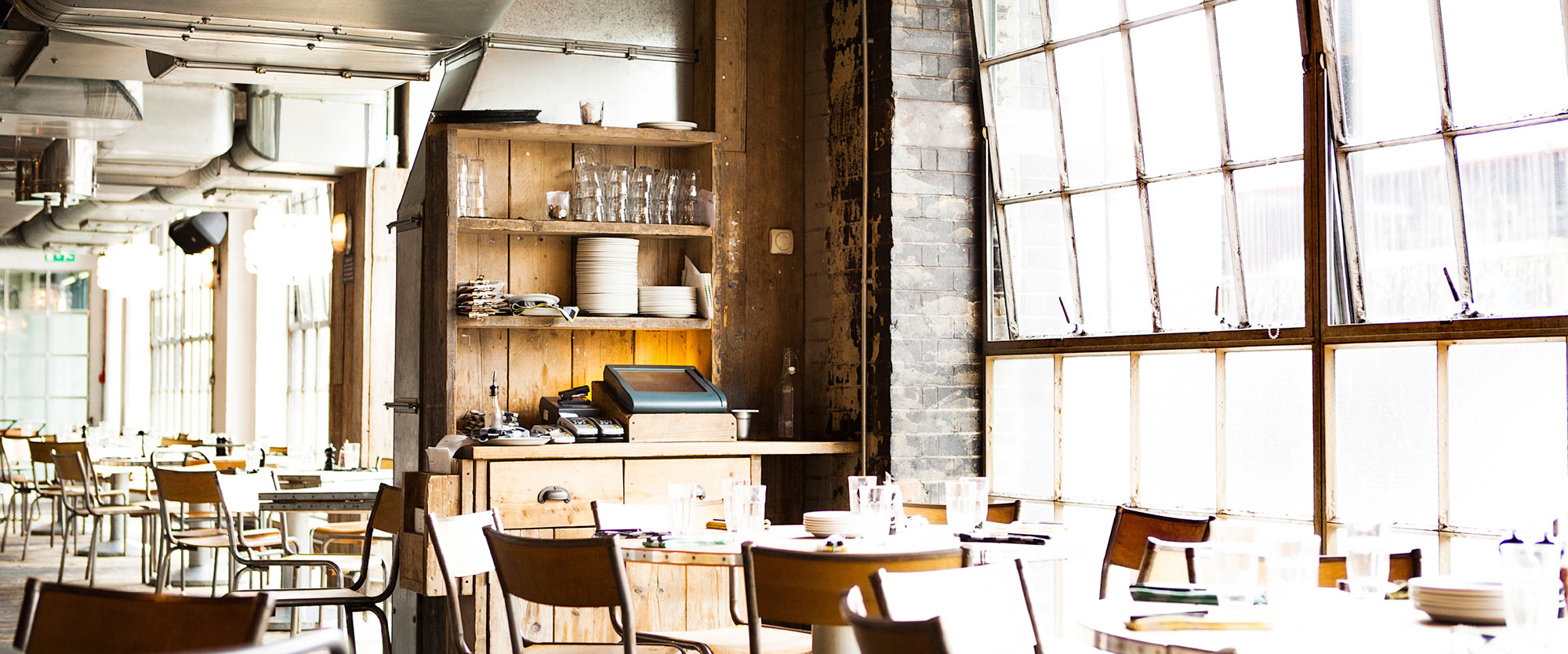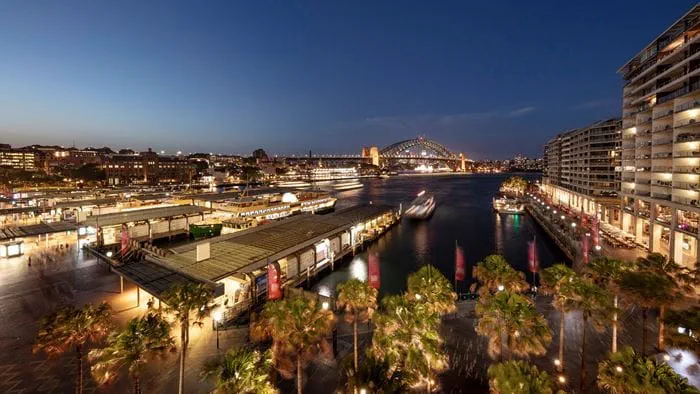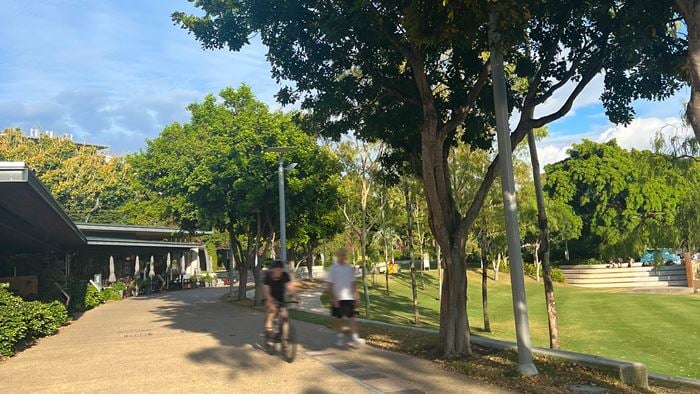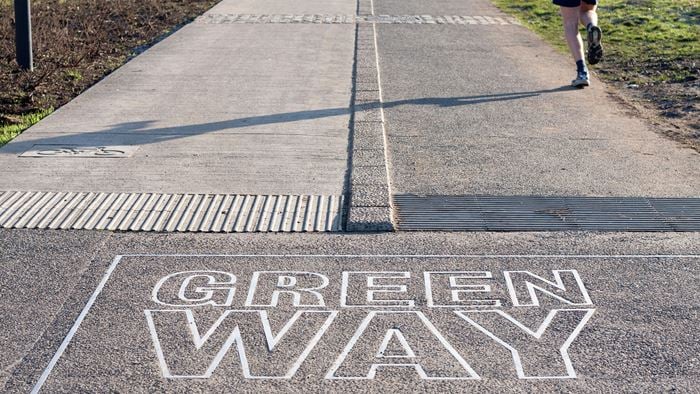If planners are ever going to create stable, sustainable neighbourhoods, I think it’s about time they stopped trying to make places cool and realised the value of the more commonplace, everyday features that really make communities work.
It’s 50 years since Ruth Glass coined the term gentrification to refer to the rapidly changing class structure of some of London’s traditional working class districts. Despite all that has happened to our urban environments in the half-century since, gentrification has remained a constant. From Brooklyn to Barnsbury, Wan Chai to Maboneng, the journey from ailing industrial district to boho, arty cluster to eventual bourgeois, barista-driven utopia is both global in its incidence and inevitable in its process.
Gentrification is often lauded in its nascent stages, when the creativity and edginess of its first-wave-form appears authentic and pure. At this point everyone hopes the increased social and economic capital brought by its pioneers will miraculously transform opportunities for the existing, often deprived, population. Indeed, many urban planners and city mayors’ regeneration efforts are often focused on nurturing this ‘organic’ renewal process. This may be in the form of providing incubator space in the hope that tech start-ups will drive forward change or through the renovation of decaying industrial warehouses to give greater investor confidence.
But the reality is that gentrified neighbourhoods nearly always become victims of their own success; the original community long displaced and the pioneer community increasingly threatened by ever-escalating rents and the commercialisation of culture. Gallerist and club owner Alex Proud recently discussed this in his article that explored why the ‘Shoreditchification’ of London must stop. He pointed to the ‘relentless churn and accelerated neophilia’ of current gentrification that prevents the creation of real places with any sense of longevity. Similarly, journalist Zoe Corbyn asks: “Is San Francisco losing its soul?” She observes that the big pay cheques from Silicon Valley are hastily changing even this most longstanding of liberal and counter-cultural outposts as “a new breed of men and women too busy with iPhones to ‘be here’ in the moment”.
In his article, Proud coined the concept of ‘sustainable coolness’ to posit how urban neighbourhoods can maintain their cultural appeal by sticking to their roots and being treated like real places rather than “Apple products with a two-year upgrade cycle”. This is certainly an incredibly valid point, but it is worrisome in its suggestion that for a place to be a place, that it has to be cool in the first place. The best, most functioning urban environments are surely those with varied and accessible housing choice, good local schools, sustainable transport links and a strong community infrastructure, whether this is manifested in a thriving high street or local social and sports clubs. Yes, such places might have trendy restaurants and buzzing bars (which is great for those who want this). But they equally might simply have a local supermarket, park and post office, which should not be taken as a proxy for failure. If planners are ever going to separate regeneration from gentrification they need to keep in mind that for places, whilst style is nice, substance is best.
 ;
;





